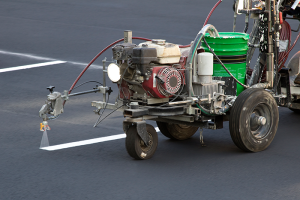Looking beyond low-flow fixtures for greater water savings
Hospitals with a focus on water conservation often tend to look at their plumbing fixtures first. In fact, in our 2015 Sustainable Health Care Operations Survey, the top three water conservation initiatives reported among health care facilities were: installing low-flow fixtures for toilets and urinals (74 percent); regularly auditing and repairing leaks, drips and unnecessary flows (69 percent); and installing flow-control fixtures on faucets (67 percent).
Although these initiatives tend to be the easiest to conquer in health care facilities, leaders at TLC Engineering for Architecture, headquartered in Orlando, Fla., highlight that there are additional water-conservation measures that can deal out worthwhile payback. Kristy M. Walson, principal and sustainability consultant, and W. Burns Bradford, associate and mechanical engineer, say that domestic water use accounts for 35 percent of overall potable water use in health care facilities. However, other systems and departments, such as heating and cooling systems, medical equipment and food service operations deserve a stringent water-use audit as well.
“When planning to implement conservation strategies, it is imperative to discuss all options with a health care organization and users, ensuring that all parties understand the strategies and the reasons for implementation,” they write.
PIH Health Hospital–Downey (Calif.) took steps to improve its cooling towers and chillers after conducting a water analysis of its systems. The hospital adopted a fully automated management program to control pH levels of its water, thereby increasing the system’s cycles of concentration and helping PIH to save $12,000 in annual costs.
At Virginia Mason Medical Center in Seattle, sustainability roots run deep. The hospital, which began its sustainability program in the ‘90s, covers the whole gamut — from energy efficiency to waste management. It also saves 7 million gallons of water a year by using water-saving fixtures and 1,800 gallons of water per day through the use of water-efficient sterile processing equipment.
Every health care facility is different, and what benefits a large acute care hospital may not translate into significant savings for a medical office building or long-term care facility. However, because water plays such a vital role in daily building operations, it warrants taking a closer look to find opportunities to squeeze out greater efficiency and savings.




